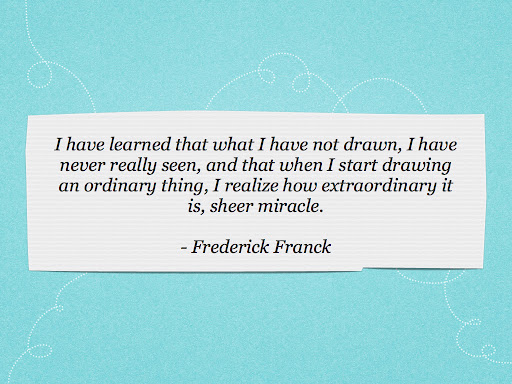As I look at the calendar and think about the upcoming holidays, I’m also starting to think of snow. It’ll be here soon. But I still want to hold on to the beauty that the fall season has to offer. I’m not quite ready to slip into winter.
If you are feeling the same, here are some wonderful nature crafts that would put all those pressed leaves, collected acorns and pinecones, and miscellaneous treasures from nature to creative use:

Be sure to also check out the fall leaf and seed activities in the children’s area during your next visit to the library.
ENJOY!!!






























